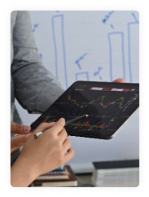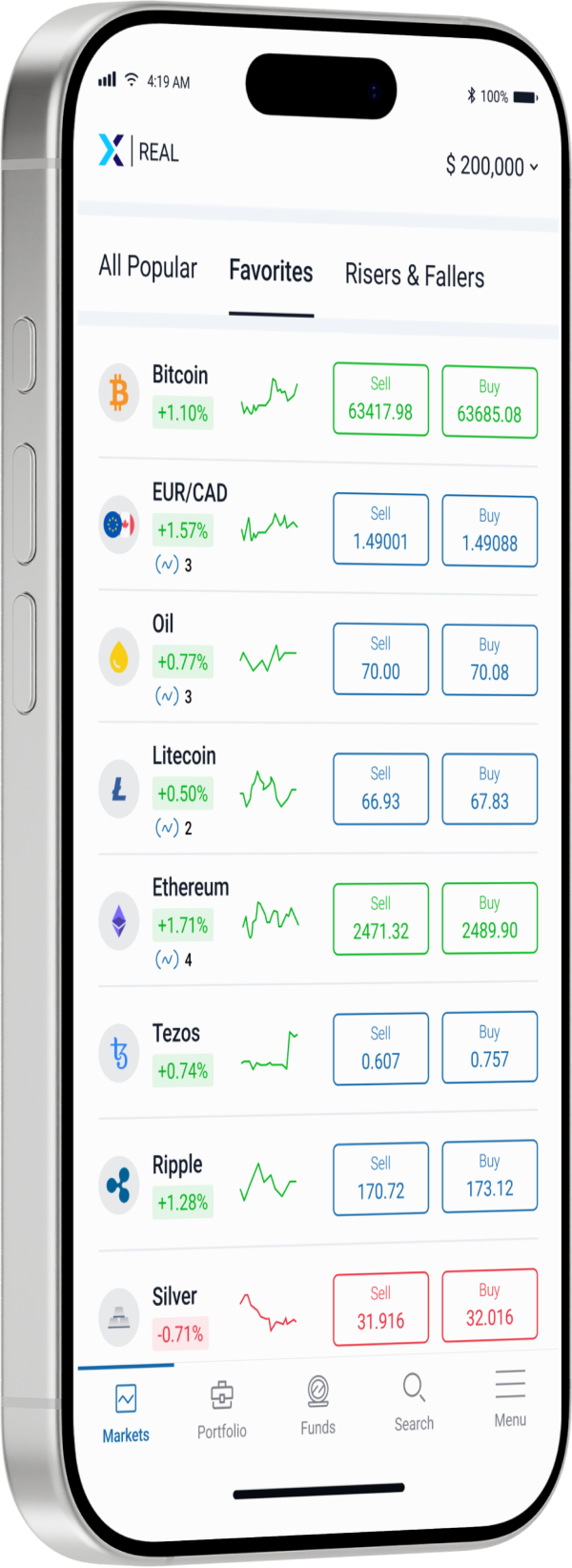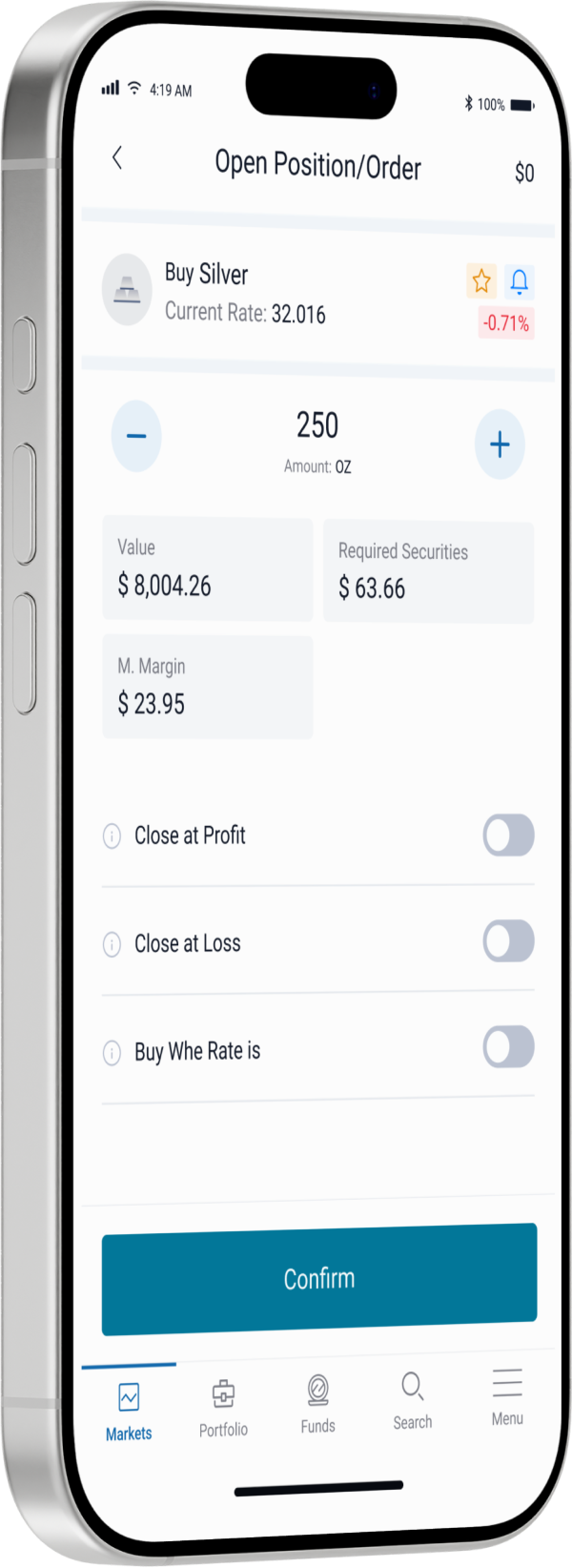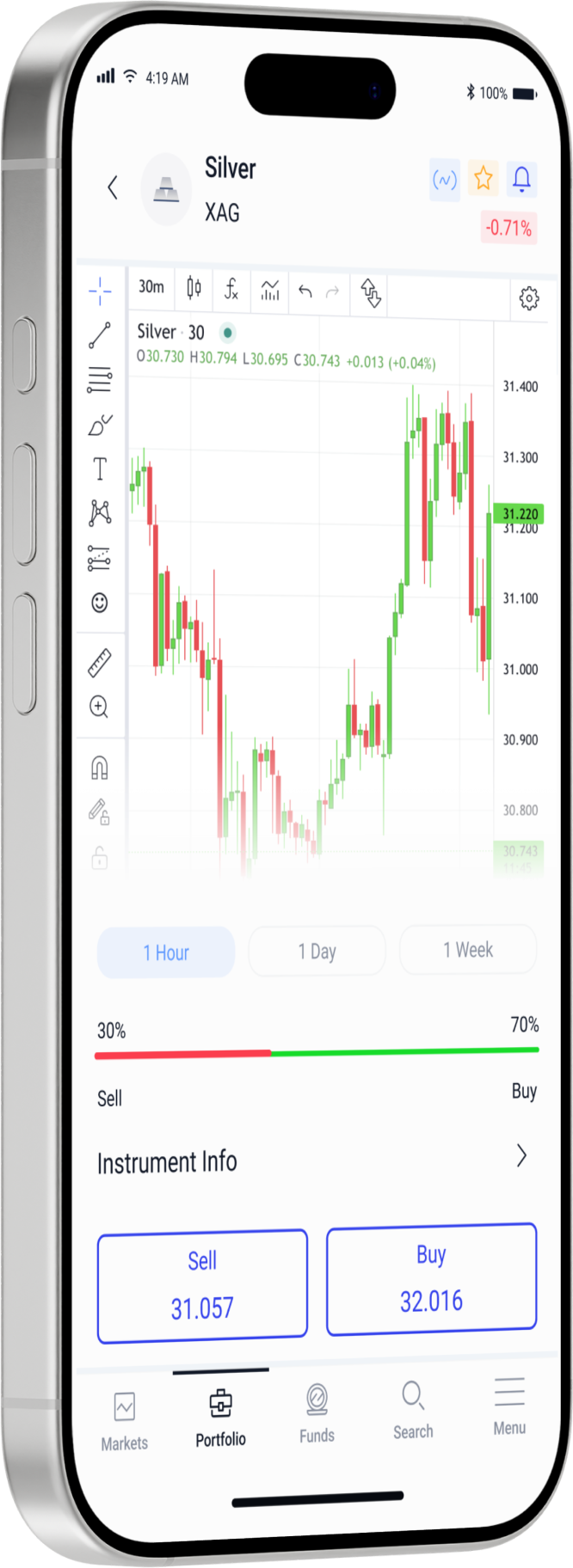Discover & Trade The CFD Markets
Unlock the potential of the world's largest online markets to trade forex, commodities, indices, cryptocurrencies, bonds, ETFs and stock CFDs. Benefit from competitive spreads, fast order execution, and cost-effective commissions for optimized investments.
Region
Aurora Cannabis
ACB
$
%
Constellation Brands
STZ
$
%
Cronos Group Inc
CRON
$
%
Tilray
TLRY
$
%
Abbott Laboratories
ABT
$
%
AbbVie
ABBV
$
%
Adobe Systems
ADBE
$
%
AIG
AIG
$
%
Airbnb
ABNB
$
%
Alibaba
BABA
$
%





Aurora Cannabis
ACB
$
%
Constellation Brands
STZ
$
%
Cronos Group Inc
CRON
$
%
#CFDTrading
About CFDs
CFDs are financial instruments allowing traders to speculate on price movements without owning the underlying assets. Benefits of CFD trading include profiting from market fluctuations, leveraging investments for higher potential returns, and accessing diverse financial markets.
- 400+ trading instruments
- Ultra-fast execution
- Negative balance protection
Trading Education Library
A Comprehensive Guide to Professional Trading
Enhance your trading skills with comprehensive educational resources. Access tutorials, webinars, and courses tailored to your learning style. Master technical and fundamental analysis, risk management, and effective trading strategies. Achieve your trading objectives confidently.
#CompetitiveEdge
Why Invest with Us?



